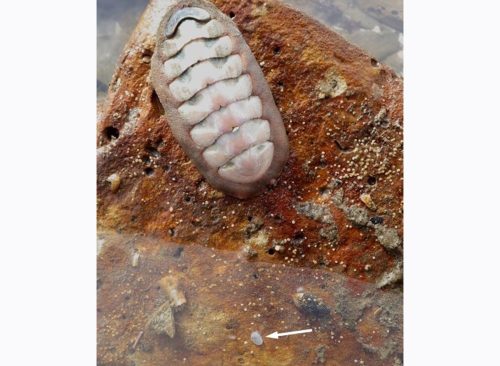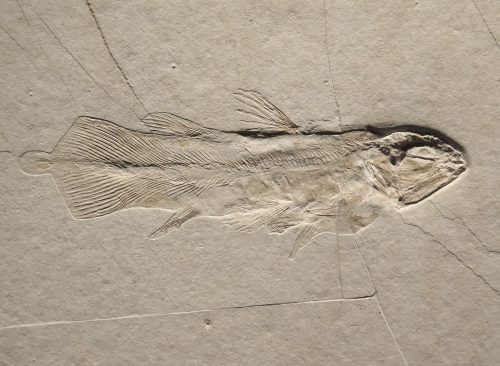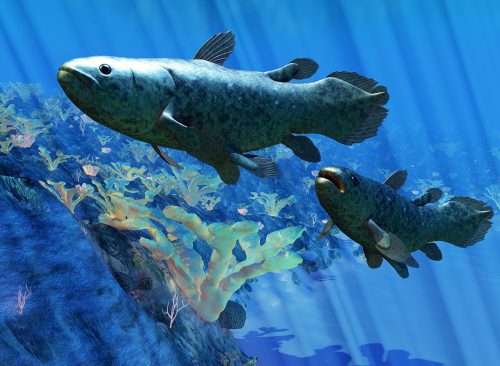Back from the Dead? Scientists in California Found a Live Clam That Was Supposed to be Extinct for 40,000 Years
Truely "Lazarus" species.

It may sound like a horror-movie mashup: Something in the water seems to have come back from the dead. But ecologists are thrilled about the highly unusual discovery. California researchers have found a live clam previously believed to have been extinct for more than 40,000 years. Cymatioa cooki is a clam that had only ever been found as a fossil, so scientists presumed it had been extinct for tens of thousands of years.
Then in 2018, a marine ecologist named Jeff Goddard was studying tide pools off the coast of California when he found a strange white, translucent bivalve about 11 millimeters long. It didn't look like any he was familiar with. Goddard, who works at the University of California Santa Barbara, took photos of the clam and shared it with a colleague, who was similarly stumped. Read on to find out what they discovered and how it was able to evade detection for so long.
RELATED: The 10 Most "OMG" Science Discoveries of 2022

The next year, Goddard and his colleague, Paul Valentich-Scott, curator at the Santa Barbara Museum of Natural History, caught a live clam and brought it back to the museum to compare with species in the fossil record.
"This really started the hunt for me," said Valentich-Scott. "When I suspect something is a new species, I need to track back through all of the scientific literature from 1758 to the present. It can be a daunting task, but with experience, it can go pretty quickly."

Ultimately, the specimen looked a lot like a fossilized clam first described in the 1930s by paleontologist George Willett. He had named the species after Edna Cook, an amateur shell collector who amassed more than 30,000 varieties.
"Once I physically saw that original specimen that Willett had used for his description, I knew right away" the clam was the same species, Valentich-Scott says.

So how was this clam able to hide itself for so long? After all, it was discovered on a Southern California coastline, not far underground. "There is such a long history of shell-collecting and malacology in Southern California—including folks interested in the harder-to-find micro-mollusks—that it's hard to believe no one found even the shells of our little cutie."
Researchers have some theories. One possibility is that C. cooki's habitat lies farther south, potentially in a remote area. Warm currents—particularly during heatwaves in 2014 and 2016—may have pushed clam larvae northward to Santa Barbara. The scientists say this is how other species have extended their habitats northward in recent years.

Valentich-Scott and Goddard say they've found at least two, and possibly four, living clams. "It's not all that common to find alive a species first known from the fossil record, especially in a region as well-studied as Southern California," said Goddard.
He added: "Ours doesn't go back anywhere near as far as the famous Coelacanth or the deep-water mollusk Neopilina galatheae—representing an entire class of animals thought to have disappeared 400 million years ago—but it does go back to the time of all those wondrous animals captured by the La Brea Tar Pits."

This isn't the only species that has seemingly come back from the dead. Scientists even have a name for them: Lazarus taxa, after the Biblical character that rose from the dead. They apply the label to extremely close modern relatives of animals thought to be extinct.
One example is the coelacanth, a fish that had been dubbed a "living fossil" because its remains had been found only in rocks more than 75 million years old—10 million years before dinosaurs became extinct. But in 1938, a natural history museum curator discovered one, and in the ensuing decades, researchers identified a second species of coelacanth in waters from South Africa to Indonesia.














